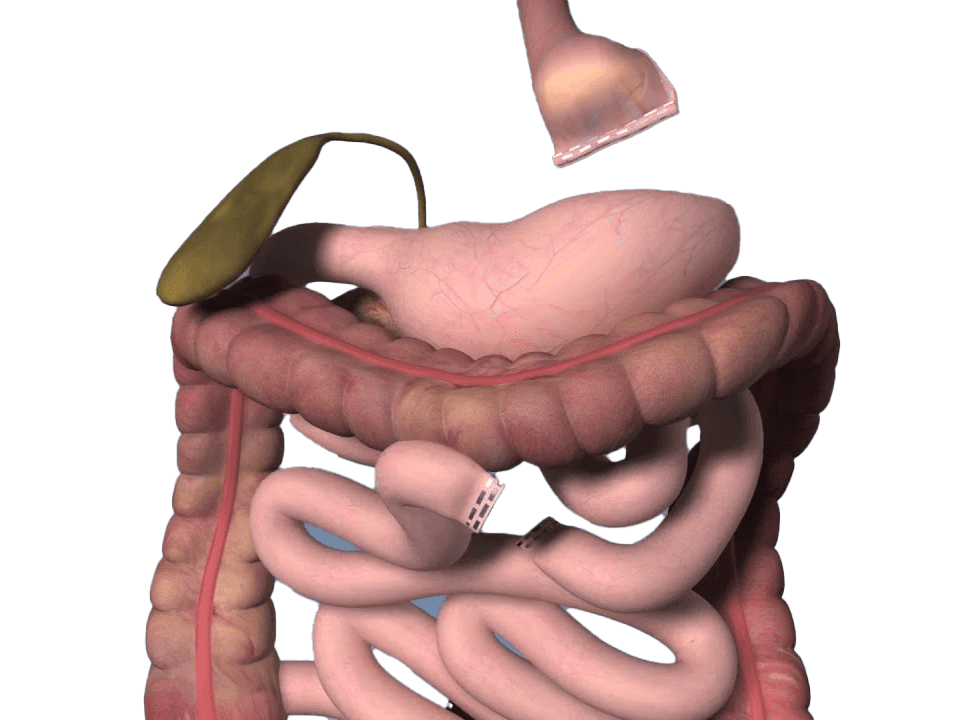Obesity Surgery & Bariatric Surgery
Gastric Bypass
Gastric bypass, also called Roux-en-Y (roo-en-wy) gastric bypass, is a type of weight-loss surgery that involves creating a small pouch from the stomach and connecting the newly created pouch directly to the small intestine. The food you eat will no longer go into some parts of your stomach and small intestine that absorb food. Because of this, your body will not get all of the calories from the food you eat. thereby bypassing most of your stomach and the first section of your small intestine. The surgeon will also re-route part of your digestive system so you don’t absorb as much food.
Gastric Bypass Surgery
Gastric bypass is one of the most commonly performed types of bariatric surgery. Gastric bypass is done when diet and exercise haven’t worked or when you have serious health problems because of your weight.
You will have general anesthesia before this surgery. You will be asleep and pain-free.

Types of gastric bypass surgery:
Roux-en-Y gastric bypass:
Surgeons can do it through a small cut, which has a quicker recovery time than more complicated surgery. The surgeon makes a small stomach pouch by stapling part of the stomach together or by vertical banding. This limits how much food you can eat. Y-shaped section of the small intestine is attached to the pouch. That creates a bypass for food, so it skips part of your digestive system.
Extensive gastric bypass :
The surgeon removes the lower part of the stomach. They then connect the small pouch that remains directly to the last part of the small intestine, completely bypassing the first two parts. It works for weight loss, but it's not widely used because it has a high complication rate and can leave you short on nutrients.



